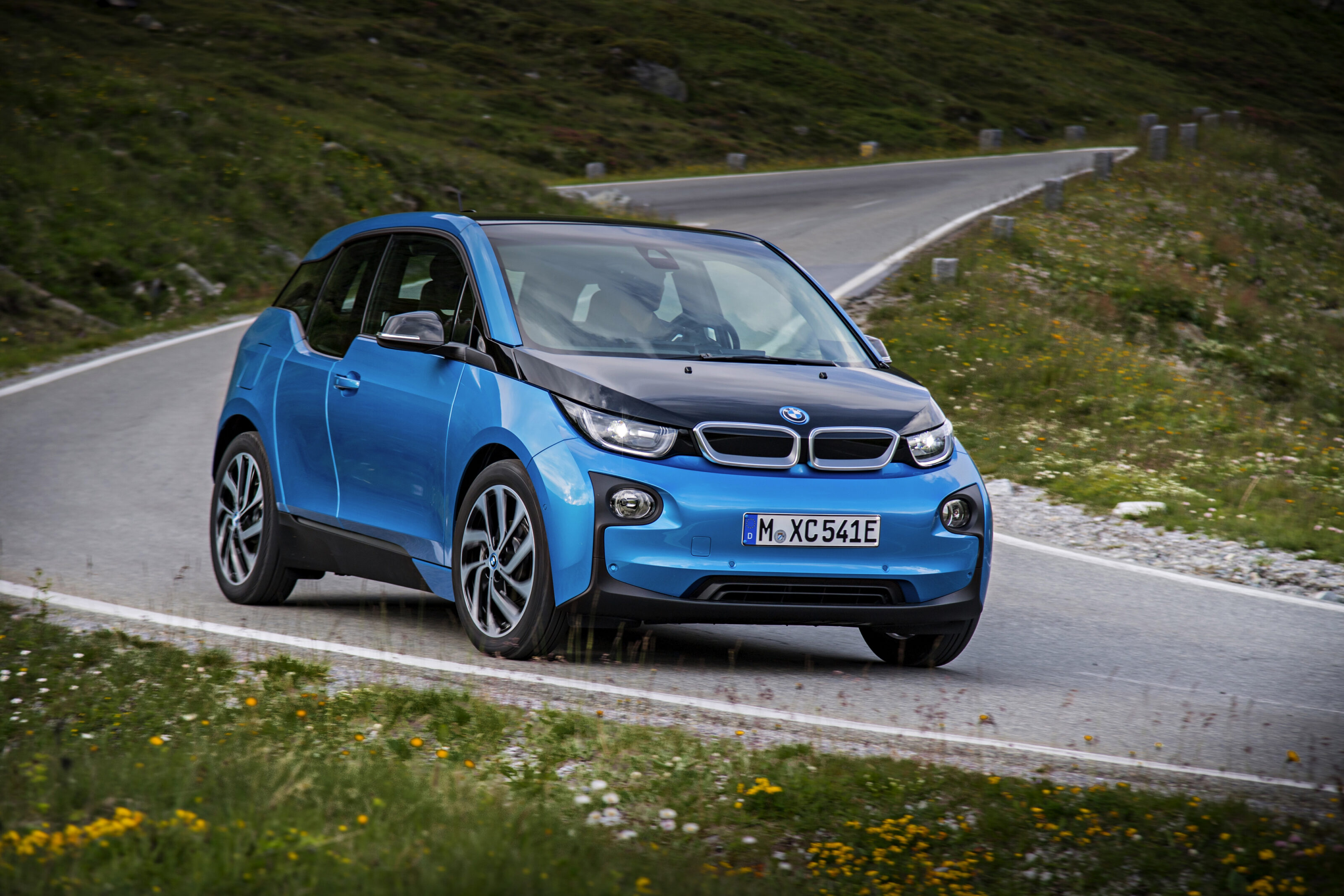It was BMW’s first production EV and the first electric car to ever win our Car of the Year award, but now the plug is being pulled. After eight years of production, slowing sales – and the advance of EV tech and expectations – means the BMW i3 meets its end in 2022.
This, of course, isn’t BMW giving up on EVs, rather changing its EV direction somewhat, much like the expectations of the car-buying public.
When the i3 launched in 2014, sedans and hatchbacks still dominated the market. SUVs were still ‘on the up’ rather than sitting on the throne, and despite the arrival of the Tesla Model S, applying EV technology to small cars was seen as the smart move. It’s easy to see how BMW saw the i3 as a crucial leap forward, along with its i8 hybrid sports-car sibling.
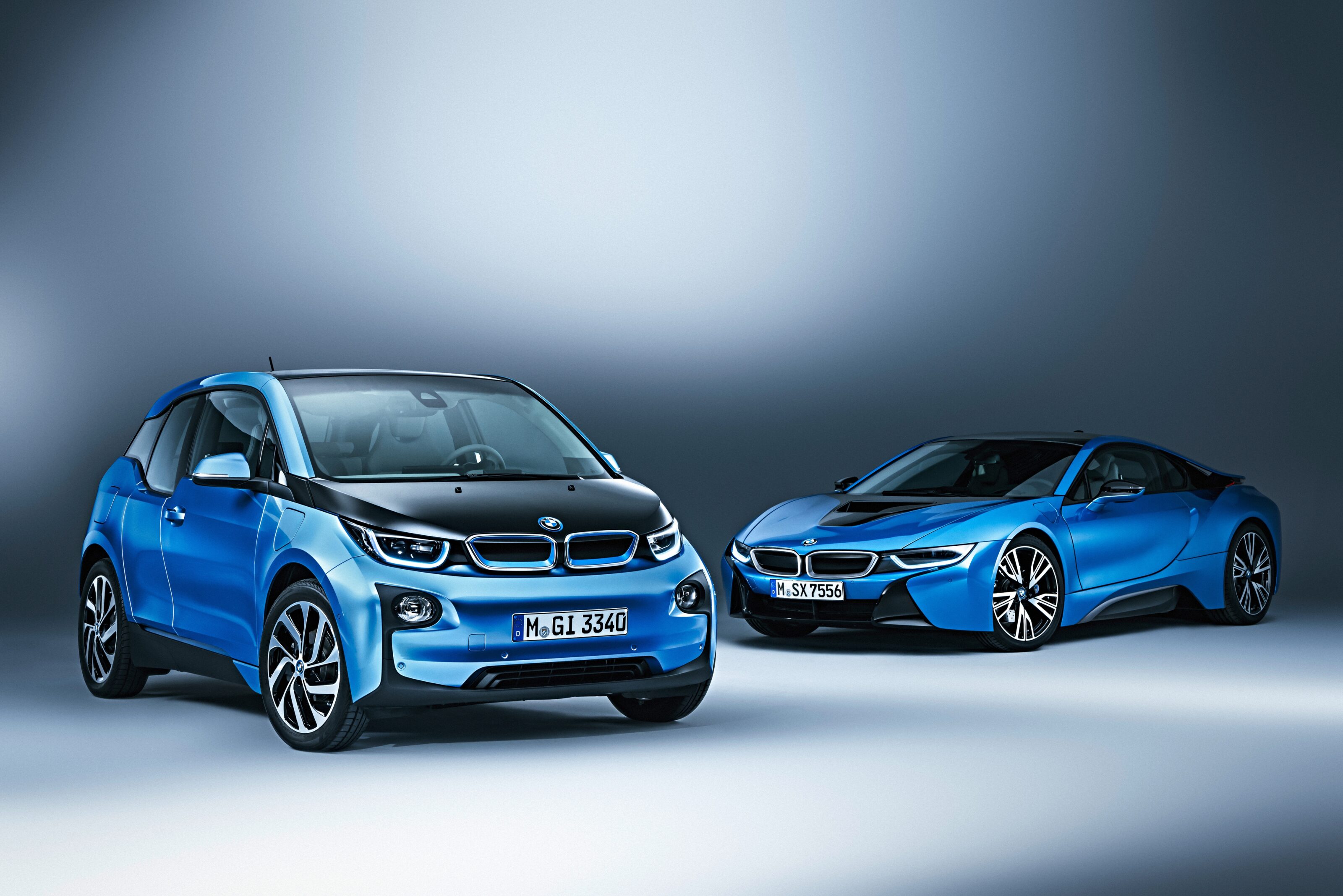
Technically, the i3 was impressive. It featured carbonfibre construction and a commute-worthy 130km range, while the option of a 0.6-litre, two-cylinder range-extender engine (providing an extra 110km) increased the i3’s useability.
Not only this, but it was fun. The 1245kg i3 was lauded by judges at COTY 2014 as a ‘genuinely agile car’ and ‘unmistakably well-balanced’.
Its acceleration – 0-100km/h in 7.2 seconds – was sufficiently brisk for a small hatchback, and even standing still, its design was like nothing seen before. Inside and out, its material choice and design bravery was unique. COTY judges called it a ‘far-sighted clarity of vision and unswerving execution.’

Fast-forward to the middle of 2017, and after only a couple of hundred i3 sales in Australia, an updated version and a new variant of the EV hatch were announced. The i3s arrived with 135kW and 270Nm, could hit 100km/h in 6.9 seconds, and a redesigned suspension set-up – revised dampers, anti-roll bars, 10mm lower springs, and wider tracks – delivered a sportier driving experience.
But by this point, what was a $64,000 small hatch had become a $70K proposition. Sales were a steady trickle, but Tesla’s similarly-priced Model 3 would soon arrive to change that a little over a year later.
The larger, faster Model 3 isn’t the only thing that stood in the way of the i3. BMW’s development focus shifted to electrifying its SUV portfolio to meet the market’s tastes, with even EV-heretic Australia copping a PHEV X3 and X5.
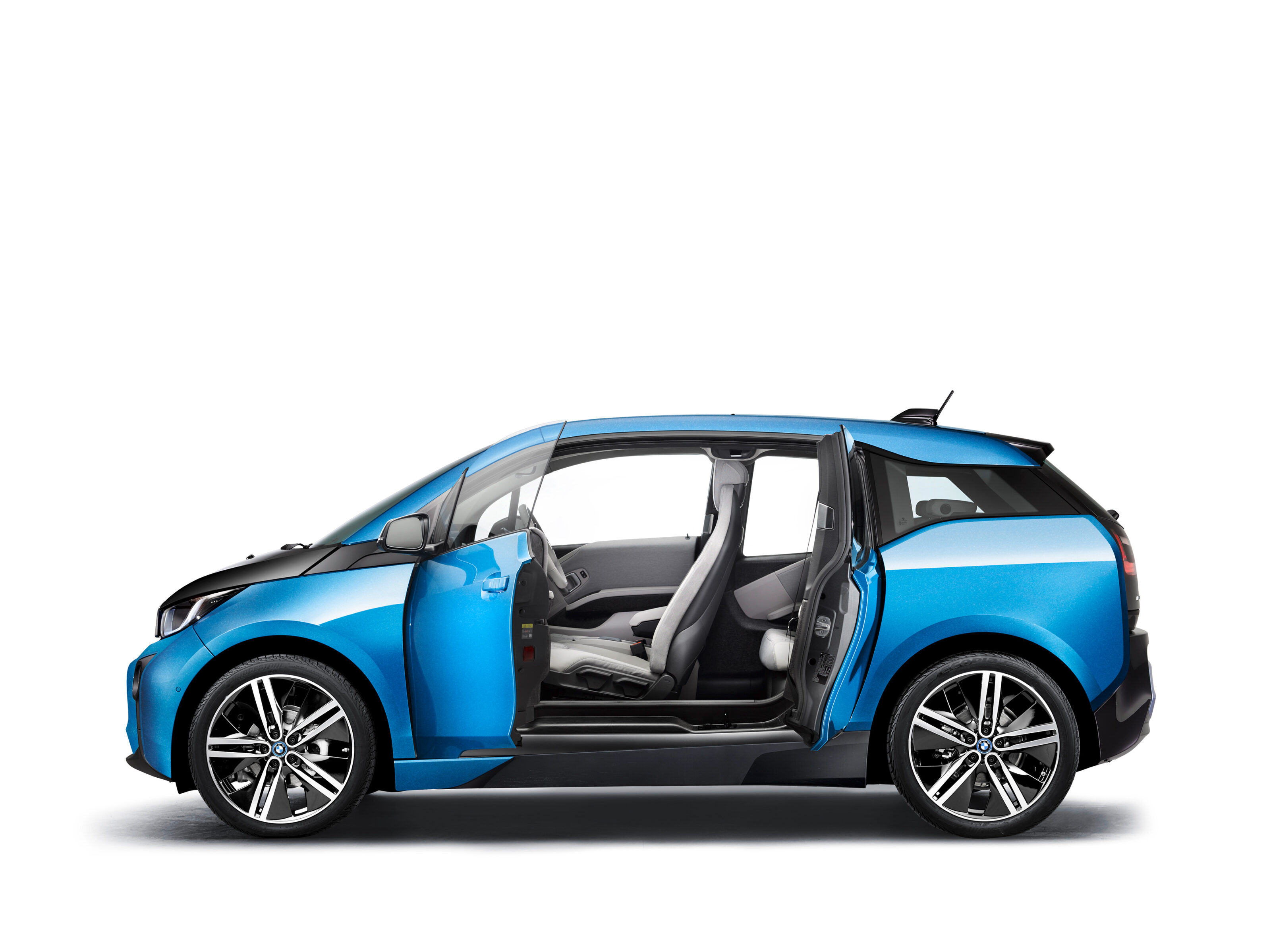
In fact, they outsold the i3 by 32 and 51 units in 2021, with the i3 placing 27th in Australia’s overall EV sales. If BMW had launched a car like the i3 now, it’s likely it would be far closer to the pointy end of that list.
Unfortunately, creating a ground-breaking car and launching it in the market ‘ahead of its time’ didn’t equal sales success. It does mean early i3s are on the used market for $35K-$45K, and they’re much easier to find chargers for than when they were new.
Wheels awarded the i3 COTY for its foresight, and while the i3 itself didn’t quite take off, its philosophy lives on in i Division’s new creations like the iX.
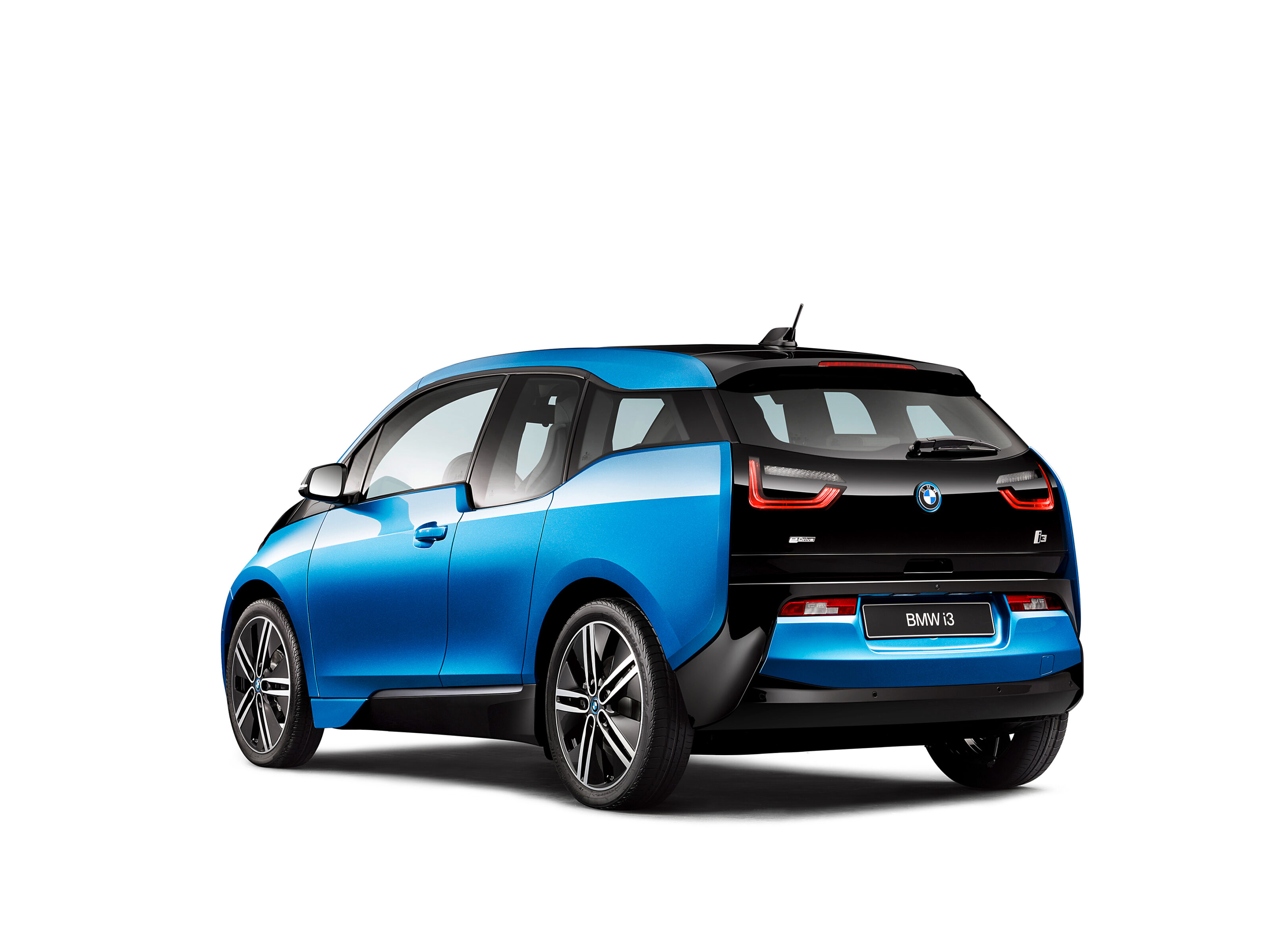
An i3 by any other body type
While the i3 has met its end, the badge lives on in a quirk of nomenclature. In China, an electric version of the long-wheelbase BMW 3 Series will be called i3, in much the same way as the electric 4 Series is in other markets.
It’s yet to be confirmed if the name will carry over to the inevitable electric 3 Series in other markets like Australia.
BMW i3 sales in Australia
We recommend
-
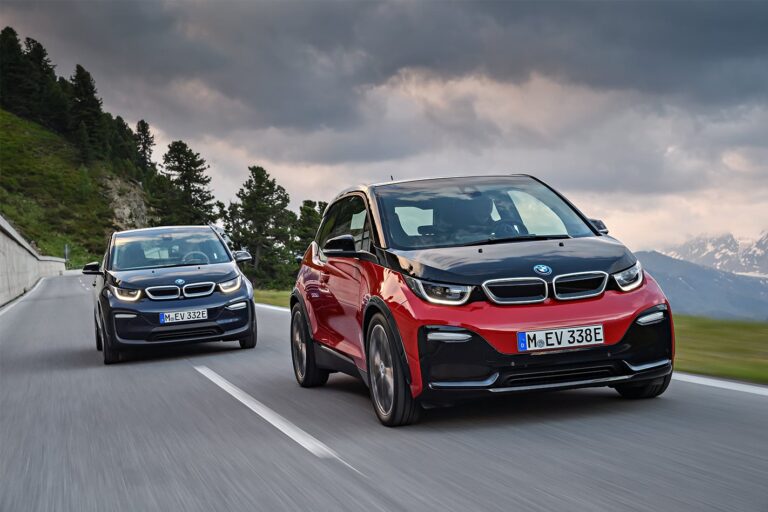 News
NewsBMW i3 to go out of production in July 2022
First-generation BMW EV comes to the end of the road
-
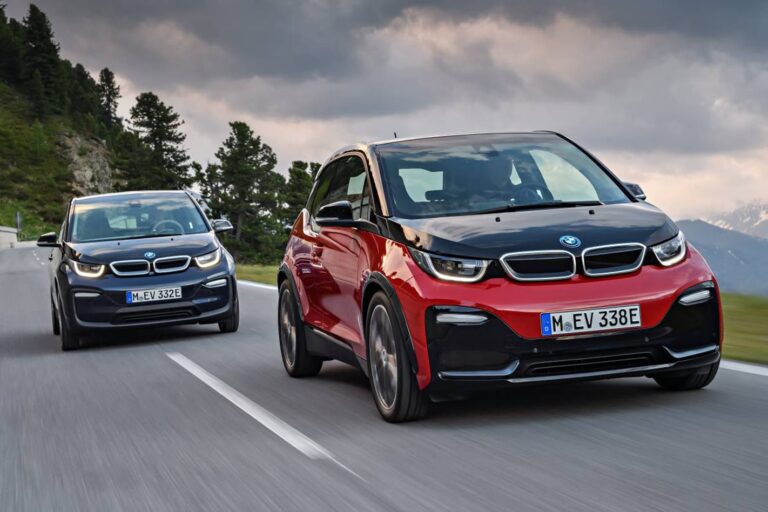 News
News2018 BMW i3 and i3s price and features
BMW Australia’s compact eco-car gets a mid-life update – and two sporty new variants – for 2018.
-
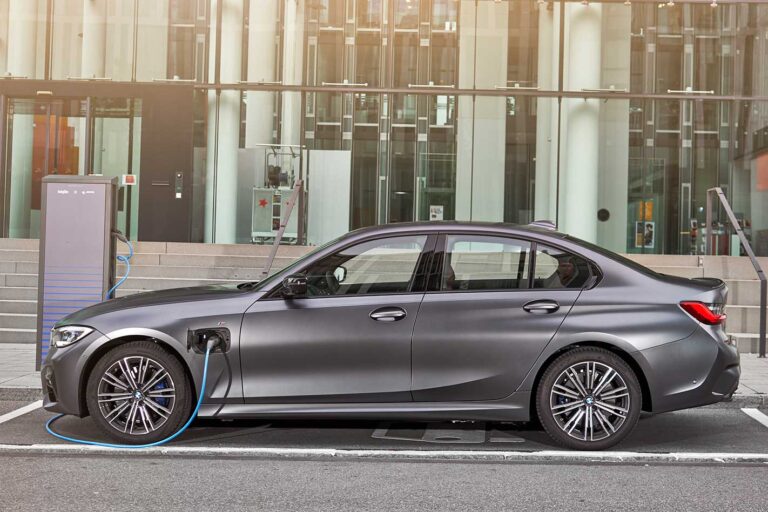 News
News2022 BMW i3: Electric 3 Series spied
BMW’s iconic 3 Series is swapping its combustion engine for a battery-electric powertrain


